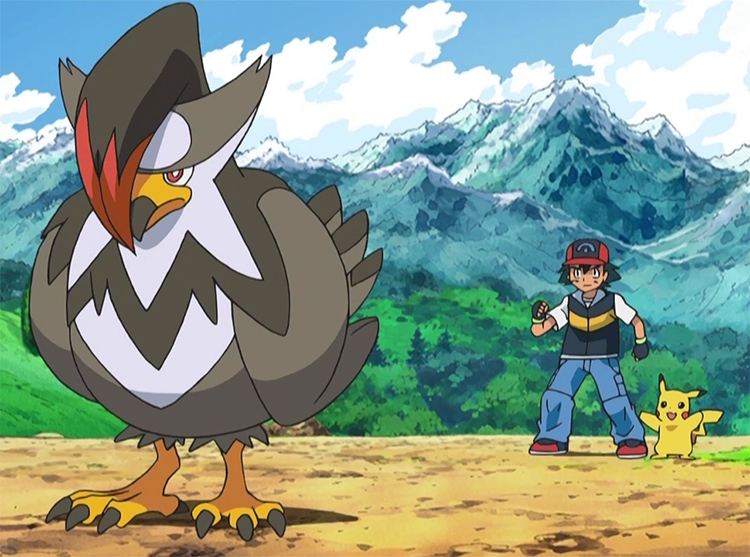

In addition, certain text, such as the Pokémon’s HP value, was set in a bold typeface. The drop shadow was added behind the art box to add some “depth” to the card. The overall card appears to be a lighter and brighter printing than the previous Limited Editions. Unlimited Edition made a number of aesthetic changes to the face of the cards. A Charizard from this printing could have a retail value of up to $2000 in near mint condition. More common than the true 1st edition, Shadowless cards are still quite rare compared to Unlimited edition. This copyright line is important to identify trainer cards from this print run, as only actual Pokémon had drop shadows in later printings. © 1999 Wizards.” Interestingly, the later Unlimited print run omits the ’99’ year in the copyright. The copyright line reads “© 1995, 96, 98, 99 Nintendo, Creatures, GAMEFREAK. Base Set: Limited Edition, 2nd Printing (Shadowless) For example, the above Charizard card could be worth upwards of $5000 or more to a collector in perfect condition. These cards, graded or ungraded, if authentic, can carry significant value.
#Compare pokemon side by side professional
Collectors who do own these cards will typically have them authenticated and graded by a grading service such as Beckett Grading Services (BGS) or Professional Sports Authenticator (PSA).

This initial print run was printed, distributed, and sold out before “Pokémania” fully took root in the United States, making them extremely rare today, particularly in Near Mint condition. These cards are the most valuable and rare of the Base Set print runs. The shadow appears behind the art and is called out by the red arrows.īase Set: Limited Edition, 1st Printing (1st Edition, Shadowless) The image below shows a shadowless (left) and shadowed (right) card side-by-side. Despite both printings being shadowless, usually only the 2nd printing is referred to as “shadowless,” as it is easier to differentiate the 1st printing by its “Edition 1” logo. Both Limited Editions are known as “shadowless” printings-that is, there was no drop shadow underneath the art box on the right side of the card (note that shadows were only ever used on Pokémon themselves-trainer cards never had drop shadows). The Limited Edition print run of Base Set actually had two different printings, the second of which did not have the “Edition 1” logo. Pokémon Base Set was the first set of Pokémon TCG cards released in the United States. If you are considering selling your cards to a store, expect a much lower price than the retail price as stores would typically only pay between 30% and 60% of the retail value of an item. In addition, cards that came from a household with heavy cigarette smoke, or that were stored in a damp attic or garage in the intervening years, can have a lowered value, even if the card physically appears otherwise Near Mint.

Unless exclusively stored in binders and played with in card sleeves (which was virtually unknown at the time), there are few Near Mint examples in circulation. As a result, cards frequently show significant wear, which significantly affects their value. Pokémon cards are essentially pieces of a game, and many became treasured possessions of children who took them to school in their pockets to show off and trade. Finding cards from this era in Near Mint condition can be quite difficult. The pricing examples all note that the estimated retail pricing reflects a card in Near Mint condition. While other Pokémon, like Blastoise and Venusaur, carry decent value, none usually approach the level of Charizard. Those looking to sell their collections should not expect Charizard-level pricing for other cards from these sets. The examples throughout this text all utilize the Pokémon Charizard, which typically fetches the highest prices of any Pokémon from these early sets. Often this price difference can be quite significant.ĭistinct 1st Edition printings were done throughout the 1st and 2nd generation of sets with the exception of reprint sets (such as Legendary Collection). Typically, a 1st edition card will be worth more than an unlimited edition card. Unlimited edition cards don’t have the “Edition 1” logo on the left side. To meet super-high demand from the public, an “Unlimited” edition version would then be printed. In fact, the first print runs of a set were officially called Limited Edition. The 1st edition print run would typically be very limited, and once sold out, would no longer be available for sale.

An enlarged example of this logo is shown here. The first print run of a set would have a special “Edition 1” logo on the left side of the card, just below the card art.


 0 kommentar(er)
0 kommentar(er)
